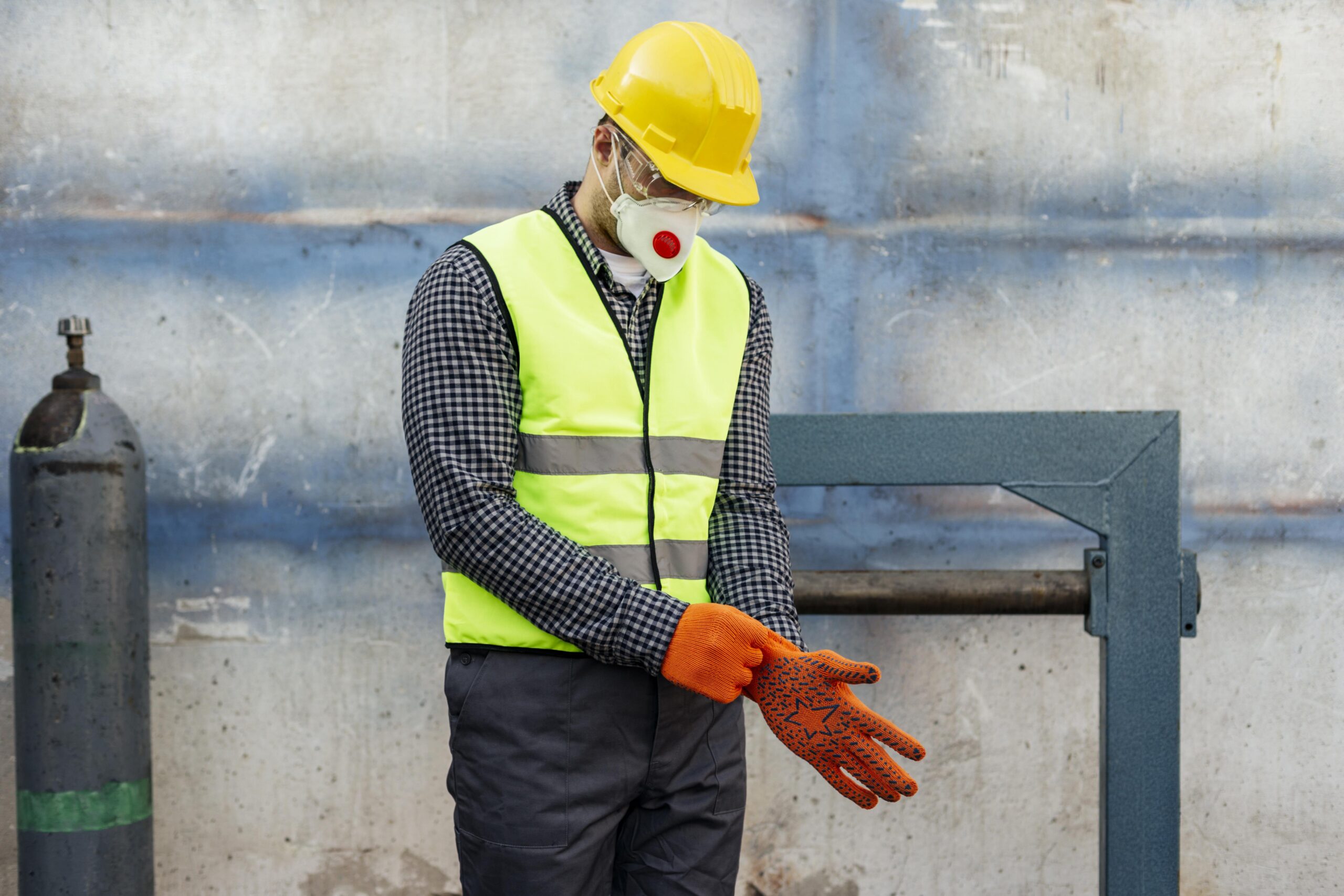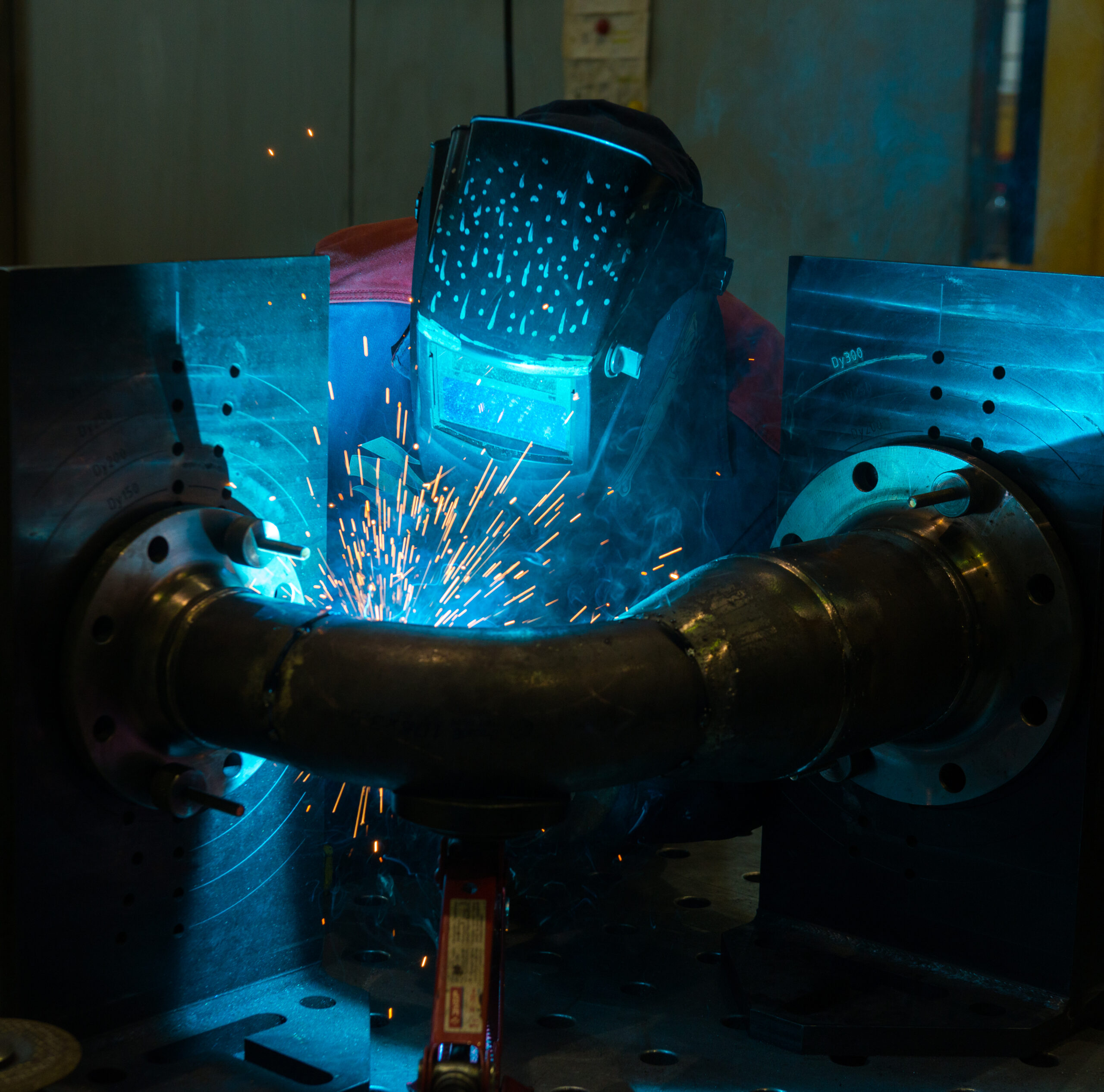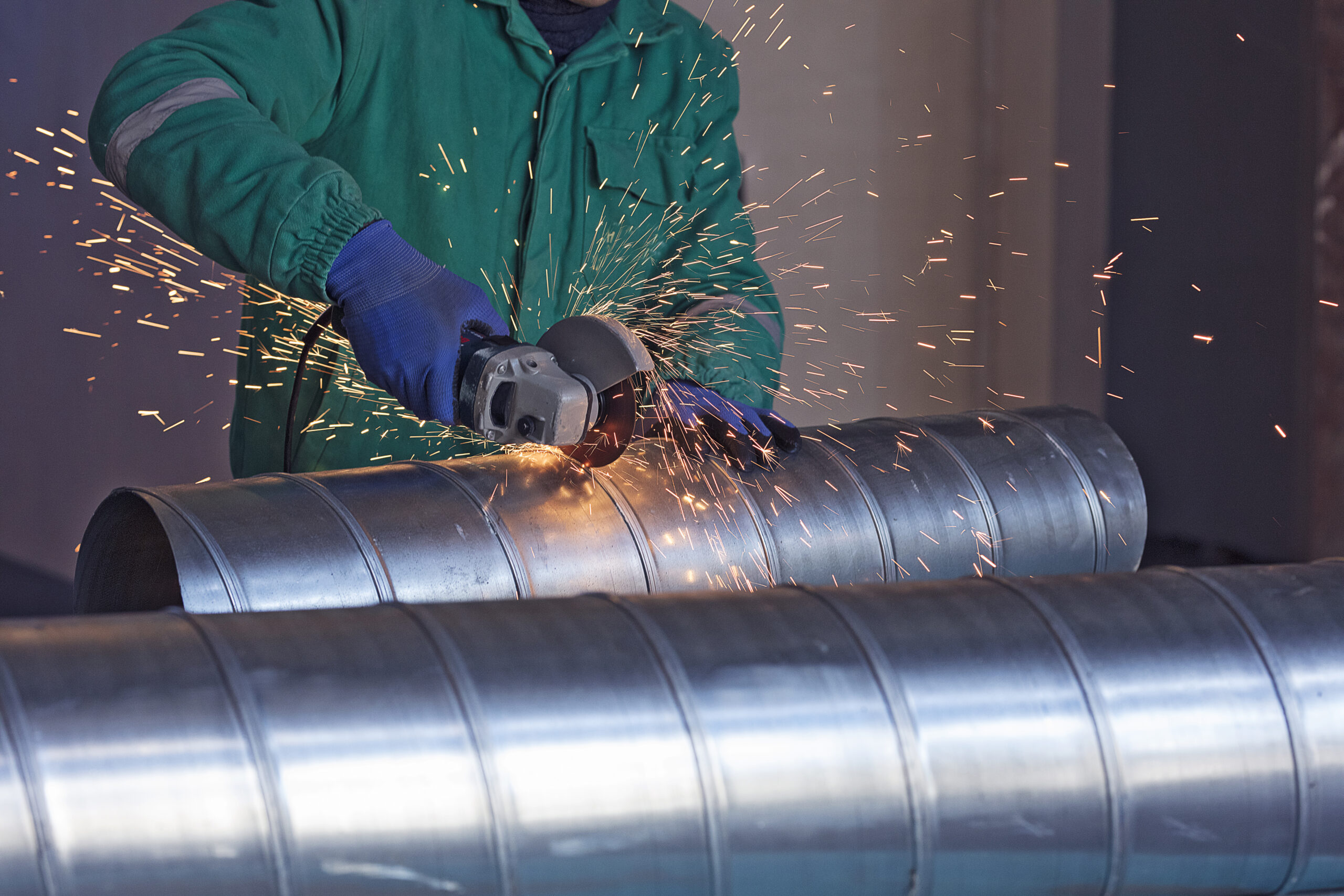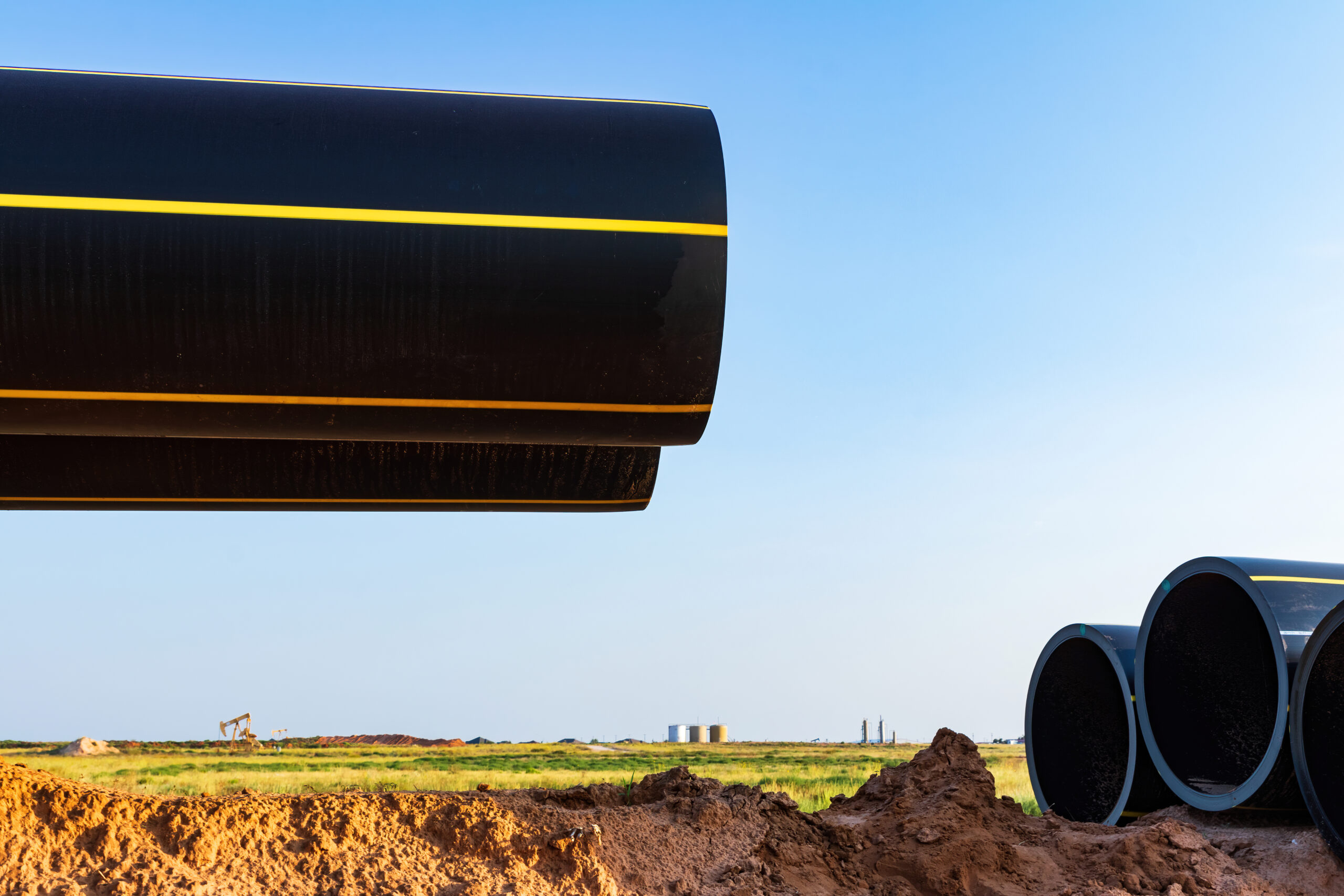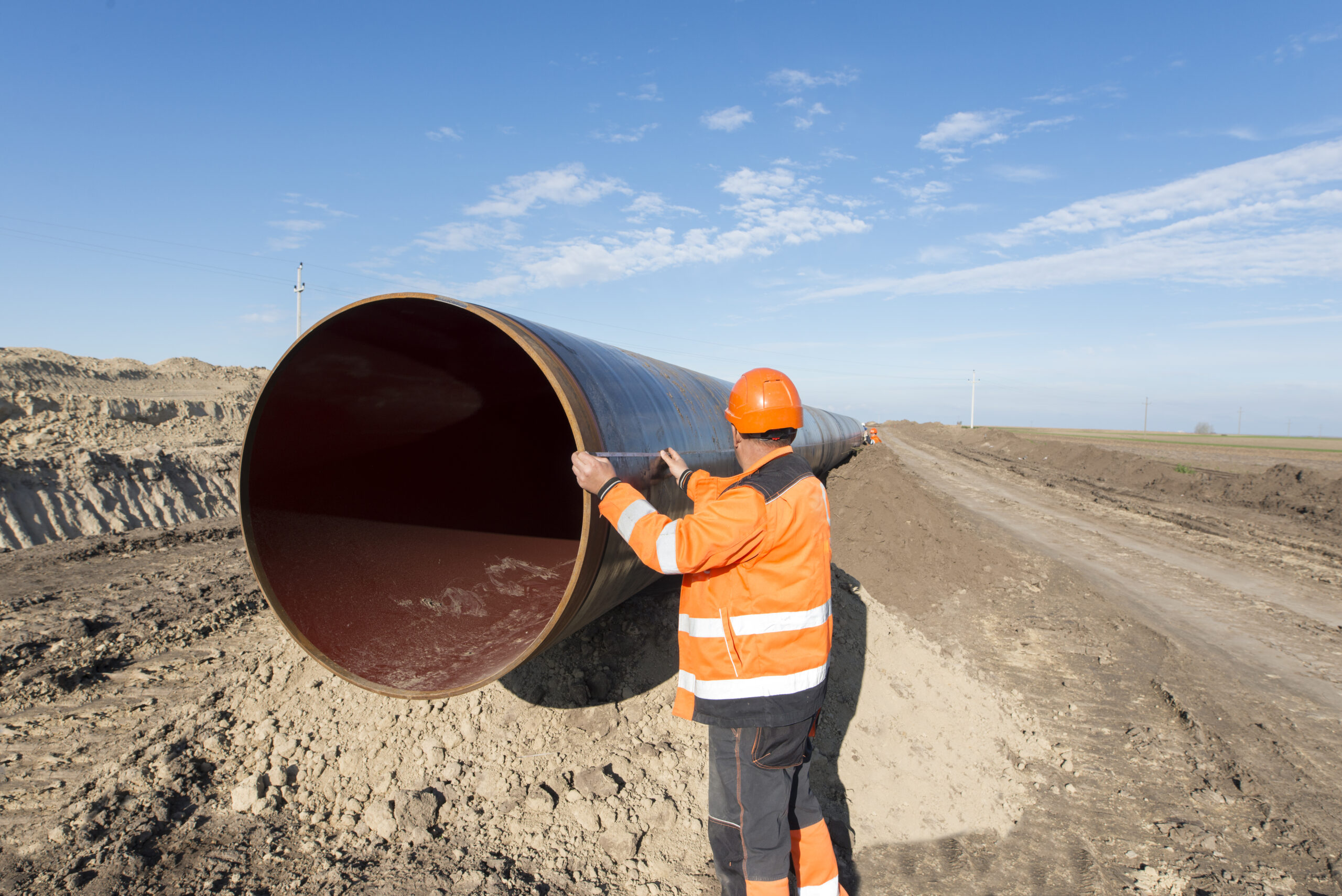PRIMARY CAUSES OF PIPELINE CORROSION
To learn about corrosion control methods, understanding the primary causes of pipeline corrosion is essential. One major factor contributing to pipeline corrosion is the presence of water, which acts as a catalyst for electrochemical reactions. When water is present, it can create corrosive environments that accelerate the deterioration of pipelines. Moisture can enter pipelines through leaks or condensation, leading to conditions that are highly conducive to corrosion.
Acidic or Low pH Levels
A low pH indicates acidic conditions, which can accelerate oxidation . Acidic substances, such as sulfuric or hydrochloric acid, can occur in industrial processes or due to the presence of organic materials. Acidic environments can significantly increase the rate of rusting.
CO₂ and H₂S Gases
Carbon dioxide and hydrogen sulfide gases are common in natural gas and oil production. These gases can lead to carbonic acid corrosion and sulfide stress cracking, severely damaging pipelines.
High Chloride Concentration
Chlorides, commonly found in seawater is highly corrosive to metals. High chloride concentrations can significantly increase stress oxidation cracking.
Oxygen Ingress
The presence of oxygen in pipelines can accelerate oxidation processes. Oxygen can enter through leaks, poorly sealed connections, or during maintenance activities. Oxygen promotes corrosion by supporting the formation of rust and can lead to severe degradation of the metal.
Flow Turbulence
Turbulent flow can increase the rate of corrosion by promoting erosion and removing protective oxide layers from the metal surface. This is often seen in areas with bends, valves, or obstructions. Turbulence can lead to localized corrosion and increased wear on the pipeline, particularly at bends and fittings.
Presence of Corrosive Chemicals
Certain chemicals, such as strong acids, alkalis, or salts, can lead to aggressive corrosion. The specific nature of the fluid being transported can significantly affect the corrosion rate. Transporting corrosive chemicals without appropriate material selection can lead to rapid degradation of the pipeline.
Temperature Variations
Fluctuations in temperature can influence the rate of corrosion. Higher temperatures can accelerate chemical reactions, while lower temperatures can allow for moisture accumulation. Temperature changes can lead to thermal cycling, which can create stress and micro-cracks, increasing susceptibility to corrosion.
Erosion-Corrosion
This is a combined effect where the mechanical erosion of the metal surface (due to high flow rates or abrasive particles) occurs alongside chemical corrosion. Erosion-corrosion can significantly reduce the thickness of pipeline walls, leading to increased vulnerability to failure.
HOW TO CONTROL CORROSIN
How To Learn About Corrosion Control Methods
Protective Coatings
Applying a protective layer ( paint or powder coatings) on the metal surface to create a barrier against corrosive agents like moisture and oxygen. Paints commonly used for structural steel.
Cathodic Protection
It is a technique that prevents erosion by making the metal surface the cathode of an electrochemical cell. This is achieved through two main methods:
Sacrificial Anode: Attaching a more reactive metal to the structure
Impressed Current: Using an external power source to supply a constant flow of electrons to the metal.
Corrosion Inhibitors
Chemicals added to fluids that reduce the disintegration rate of the metal. They work by forming a protective film on the metal surface or by neutralizing wasting
Organic inhibitors in cooling water systems, phosphates in water treatment.
Environmental Control
Controlling the surrounding environment to reduce the potential for decay, such as lowering humidity or removing acerbic. Using dehumidifiers in storage areas. Controlling exposure to harsh chemicals.
Electrochemical Protection
Techniques that involve the application of electrochemical processes to protect metals from corrosion.
Electroplating, where a metal layer is deposited to protect the underlying material.
CORRUSION CONTROL
Comprehensive guide on corrosion protection
CONCLUSION
These methods can significantly improve safety, and reduce maintenance costs .A combination of these methods is often used to achieve optimal protection against corrosion in various environments.

